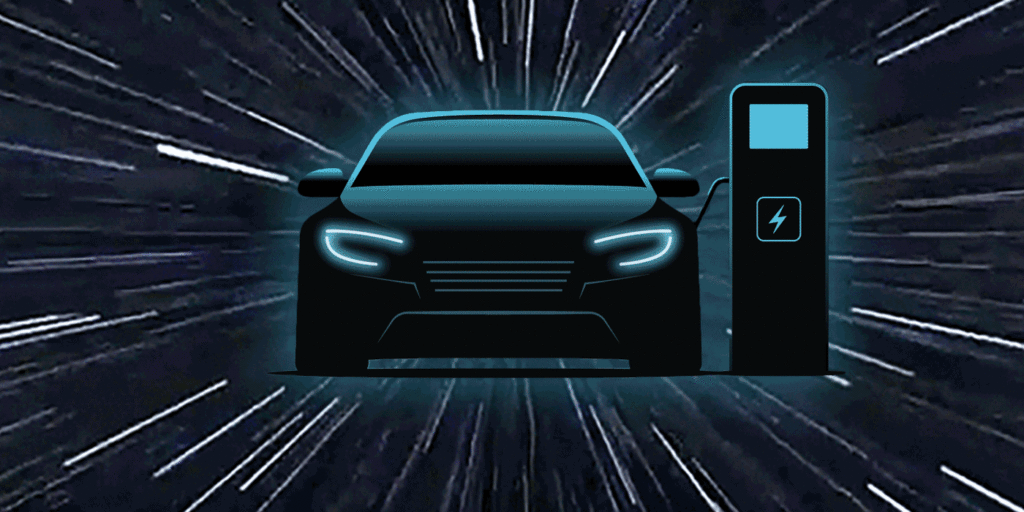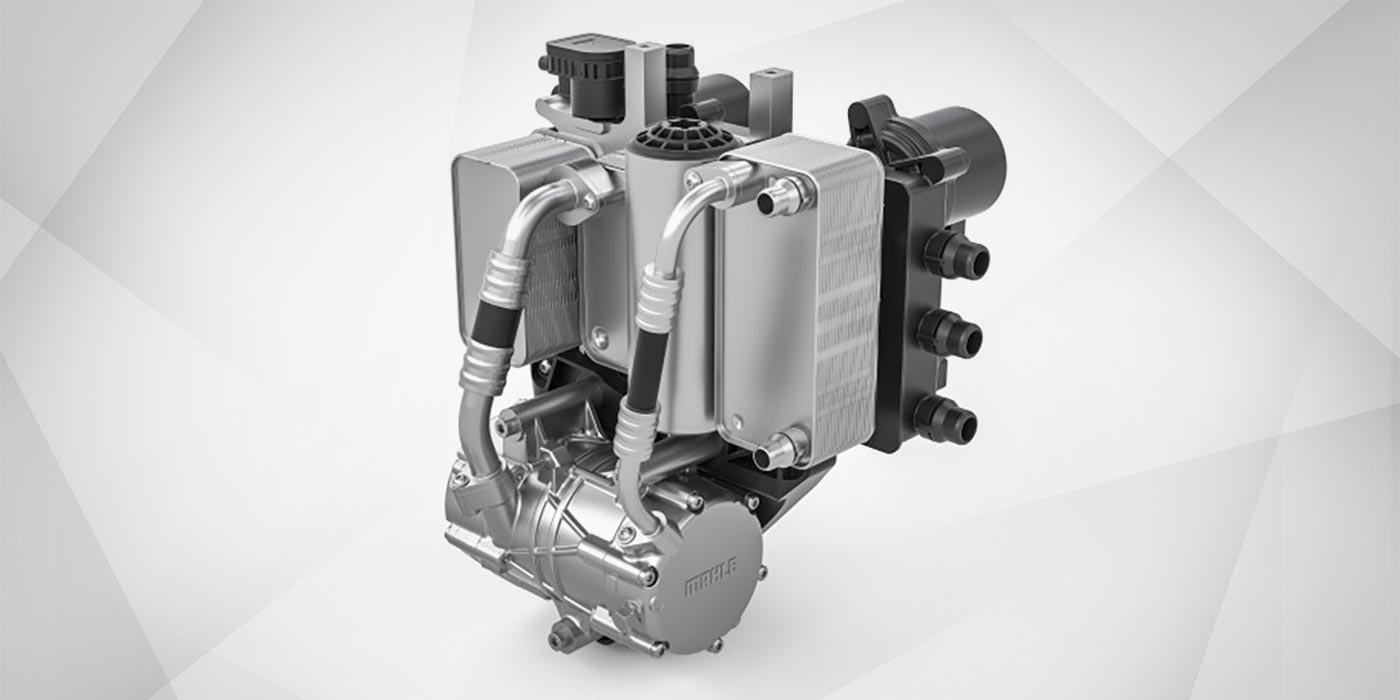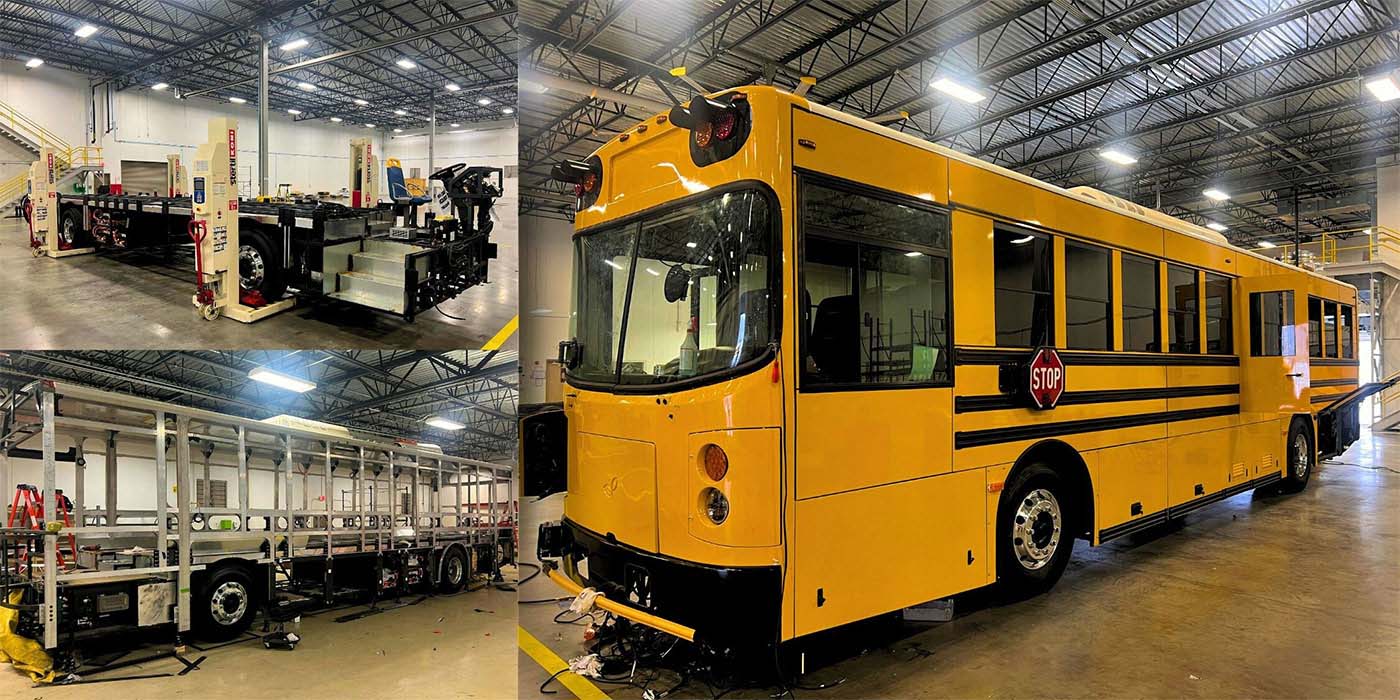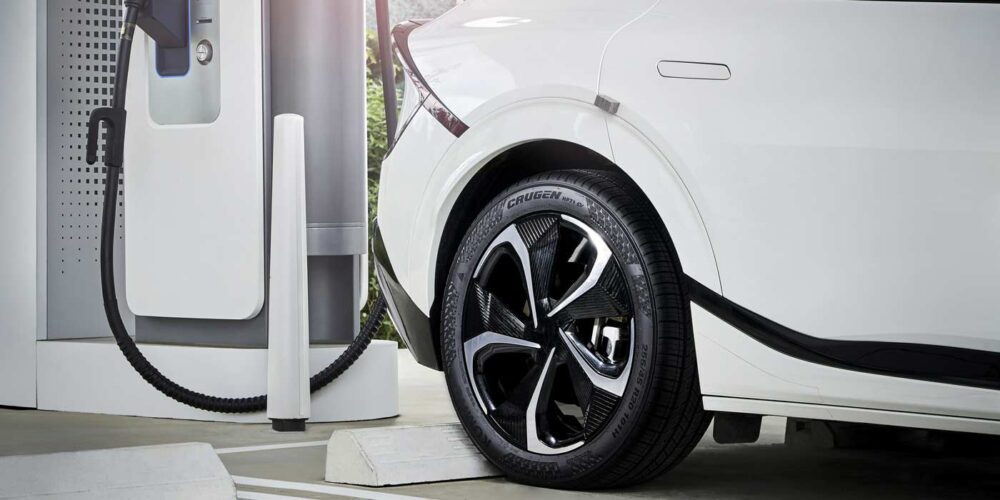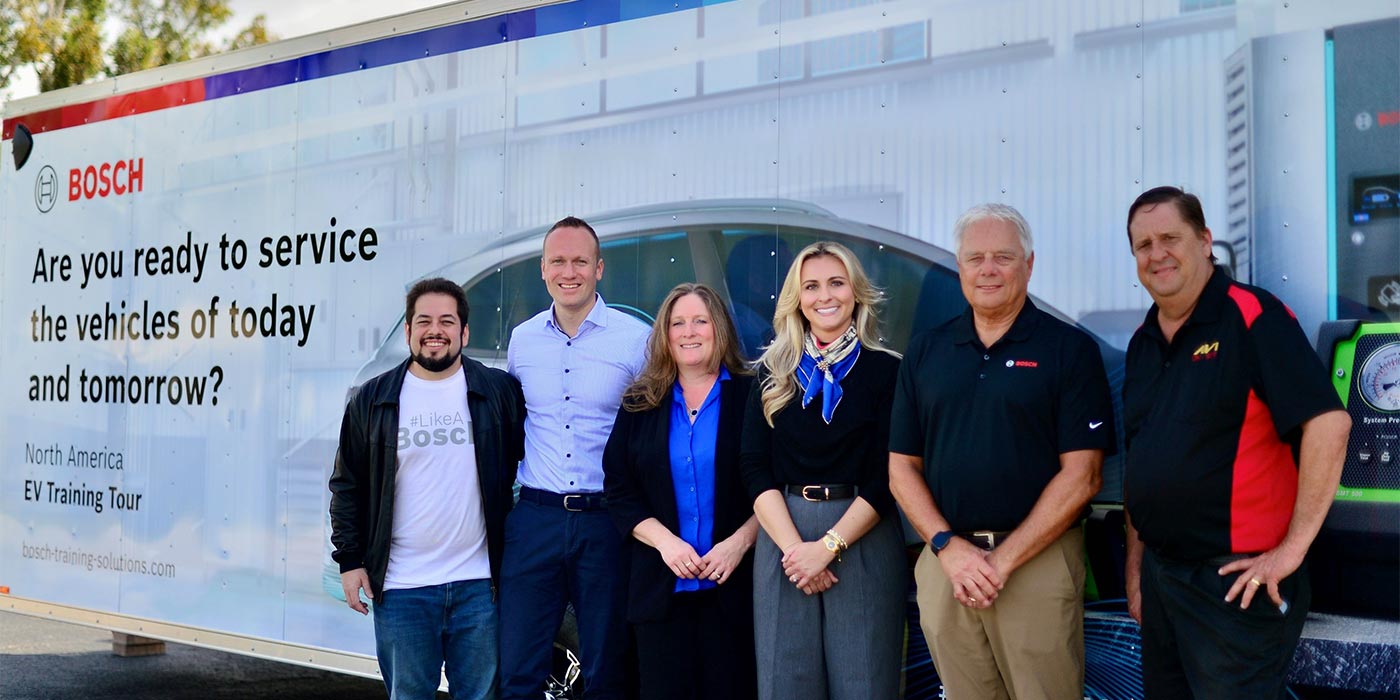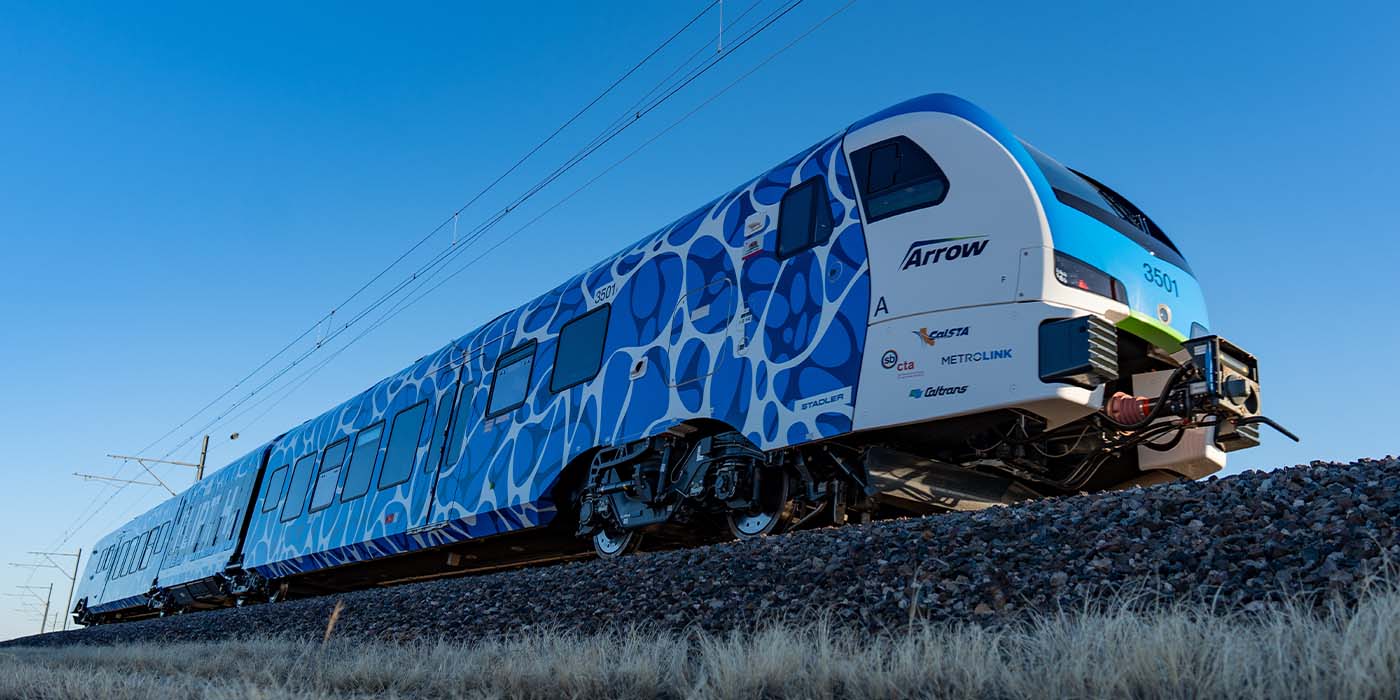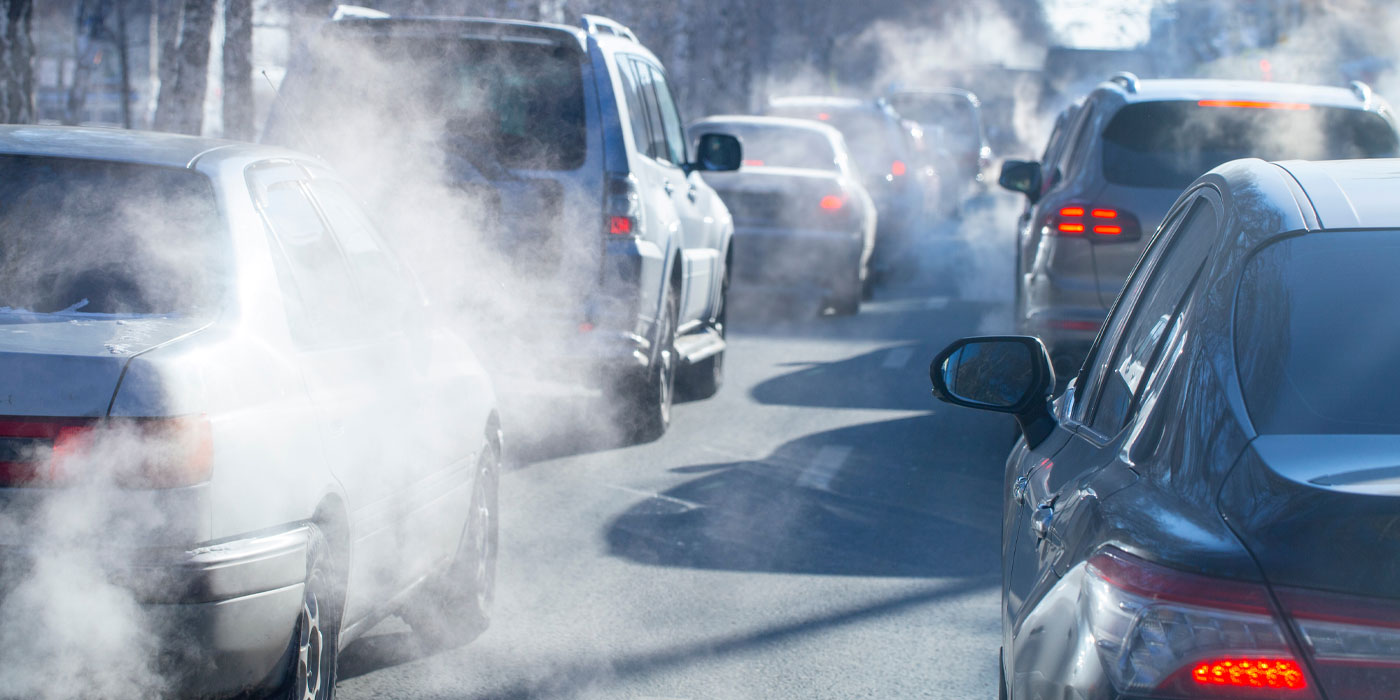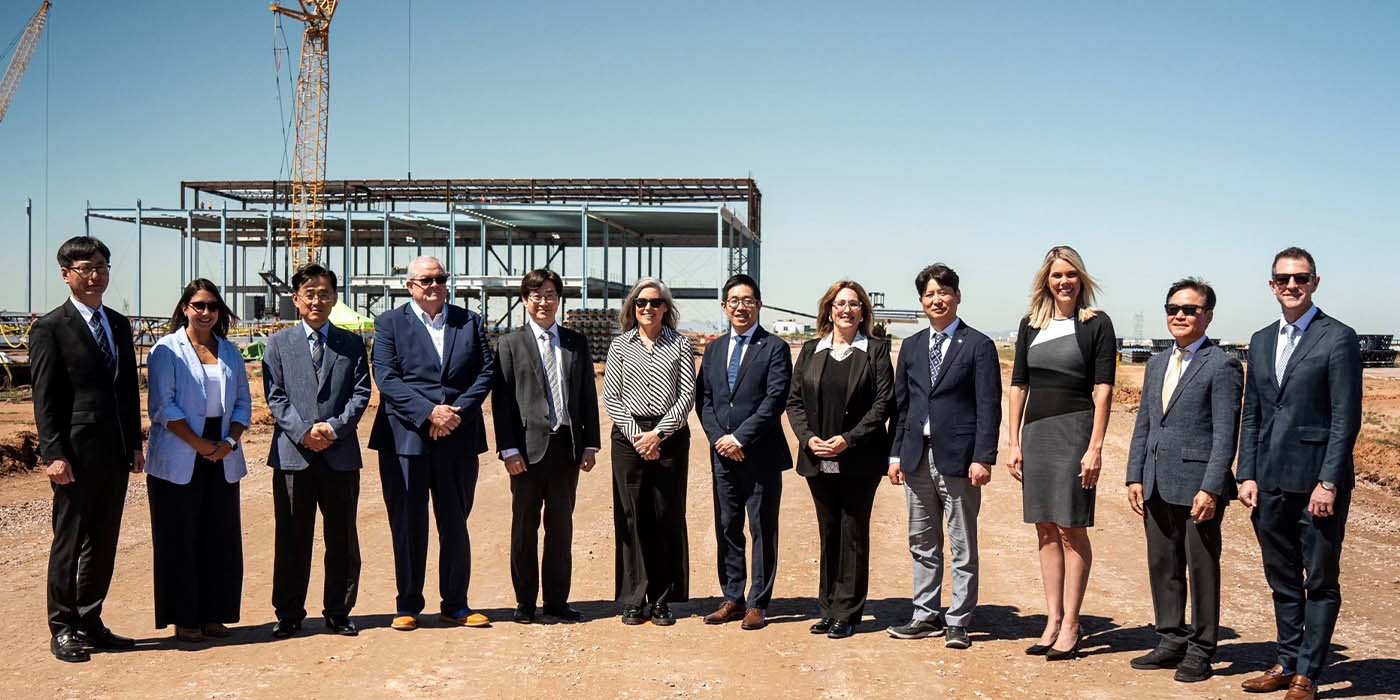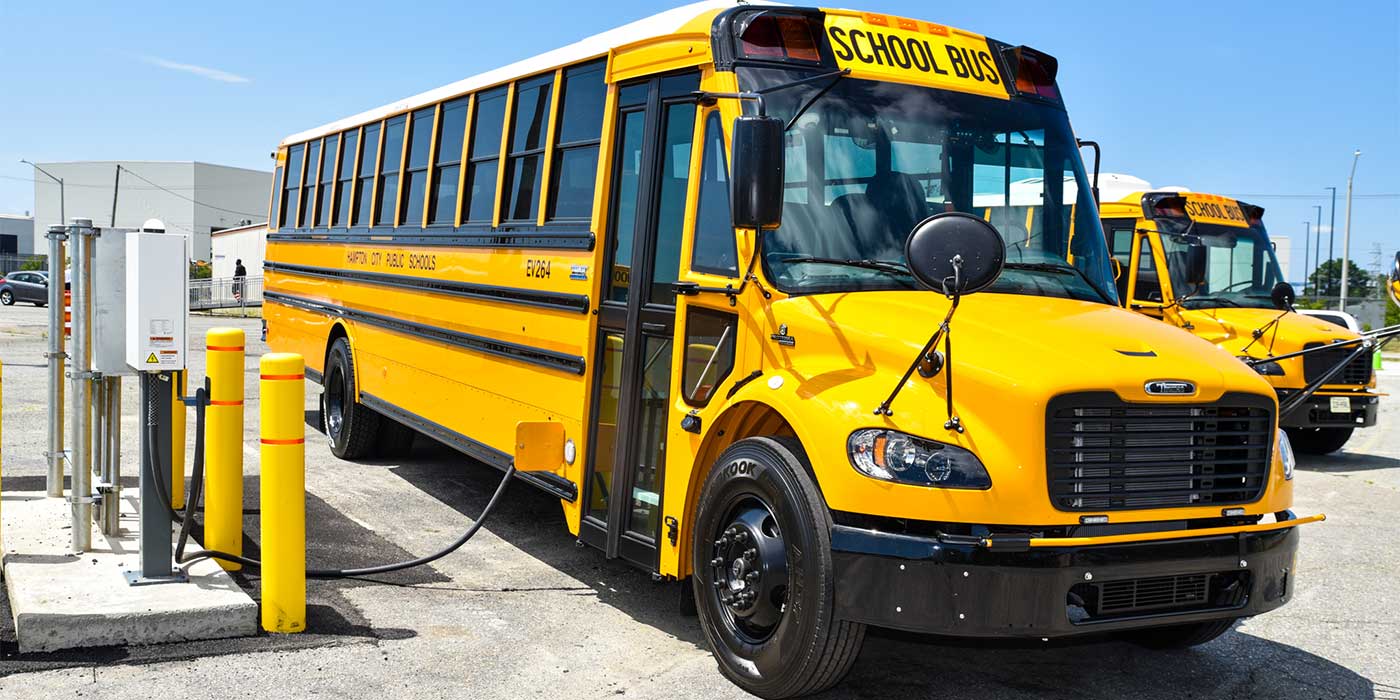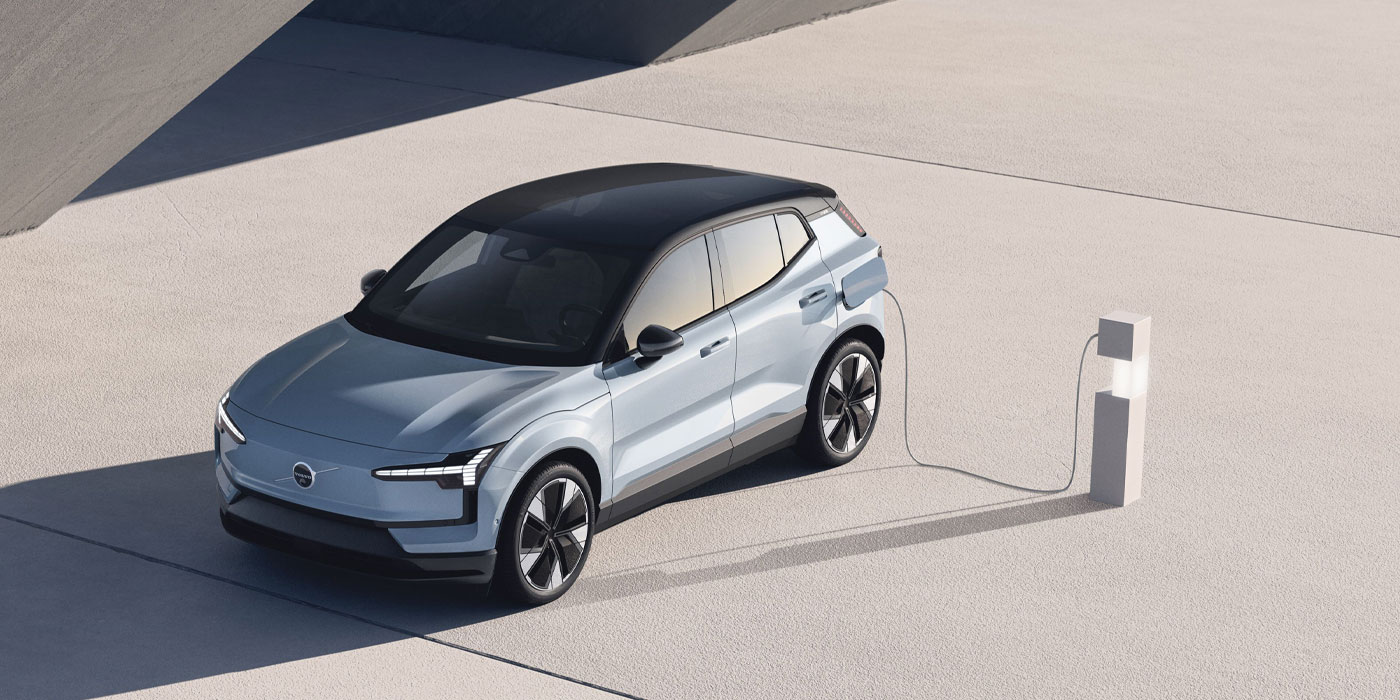The global transition to electric vehicles is happening at a surprising pace, but widespread adoption could be happening even faster if not for inconsistencies in the supply chain and manufacturing process.

Amid the regulatory and societal push to reduce carbon emissions, auto manufacturers are building EVs at a historic pace. But, from legacy automakers to EV startups, inconsistent approaches are contributing to historic timing delays that are crimping the supply chain and, ultimately, the adoption of EVs. It is not uncommon to see lead times that are twice as long as they used to be. Building the vehicles is a challenge, in and of itself, due to lead times for development work and sourcing of critical components such as batteries.
With improved consistency, we could save time involved in every stage of the process. Inconsistent approaches ultimately drive more work into the supply base where there are insufficient engineering resources to develop for such a wide variety of customer requirements.
Standardization of voltage ranges and other characteristics would allow for the reuse of parts and components in the supply base and avoid having to make parts for the specifications of many disparate buyers.
Overcoming differences
The difference in standards for electrical systems between North America (12 volt) and Europe (24 volt) contributes to some of the challenges at hand, requiring parts manufacturers to offer different versions of their products depending on the region.
The aim should be to make products that are compatible as far and wide as possible. Ideally, customers producing in both North America and Europe could buy the same part and use it on both 12-volt and 24-volt trucks. For example, T/CCI’s low voltage signals can handle both 12 volt and 24 volt within the same unit, allowing OEMs that have both European and North American applications to maintain their development programs even when voltages vary by market. This type of consistency tamps down costs and lead times for EV components such as compressors.
There is a lot of variation when it comes to handling voltage. At T/CCI, we are seeing customers in the commercial vehicle space gravitate toward higher voltages out of necessity. Even manufacturers in the light-duty passenger space are moving from 400 volts up to 850 volts for faster charge times. This is bringing economies of scale to all those using the 850 volt.
These seemingly small decisions have significant ripple effects on every component in the high-voltage system, including the battery pack. In the EV space, the battery pack becomes an integral part of vehicle design because it is such a large component that demands structural integrity. For that reason, it is wise to plant that into the structure of the vehicle from the start rather than trying to add it on after designing the chassis.
Suppliers should stay focused on the products that are flexible, compatible, and working for the most customers possible. We need to solve these problems without introducing unnecessary cost or complexity. As suppliers, we can bring our expertise to these various EV systems and work together with automakers for a practical solution. Ultimately, we should offer a more standardized solution that will help them get to market faster.
Moving forward
Standardization is best handled at the industry level, for example, with automakers and suppliers collaborating alongside groups like the Society of Automotive Engineers.
To date, automakers have worked together to standardize certain parts and processes for internal combustion engines, helping to bring down cost and lead times for manufacturing. Similar actions should be taken for EV components with voltages and safety requirements standardized across the U.S., Europe, and the rest of the world.
Widespread adoption of EVs is the future, and not the far future either. It is happening now, and the industry would benefit from more standardization amid this historic period of EV transition.
Erik Huyghe is director of advanced engineering for T/CCI Manufacturing, a company dealing in compressor technology including reciprocating, swash plate, wobble plate, and variable compressor designs.

